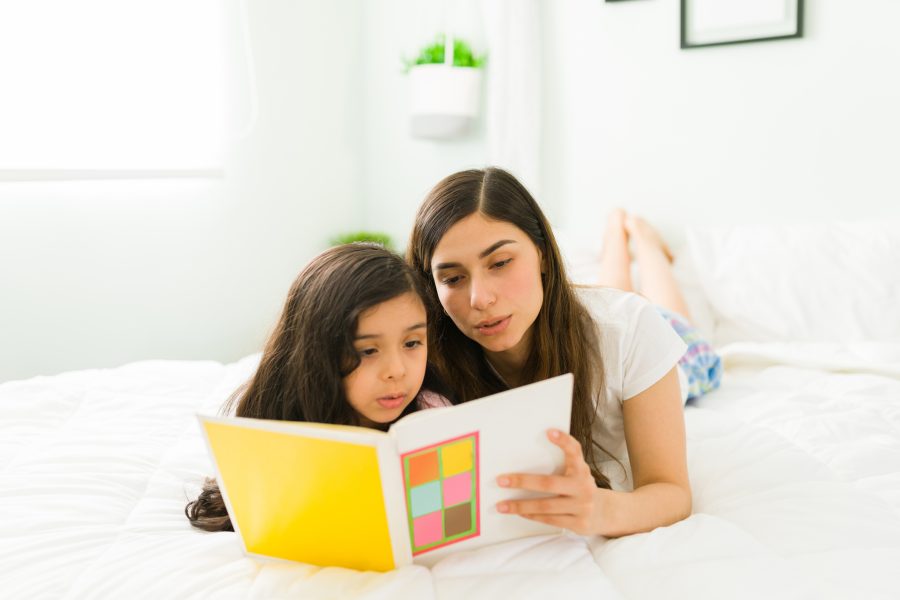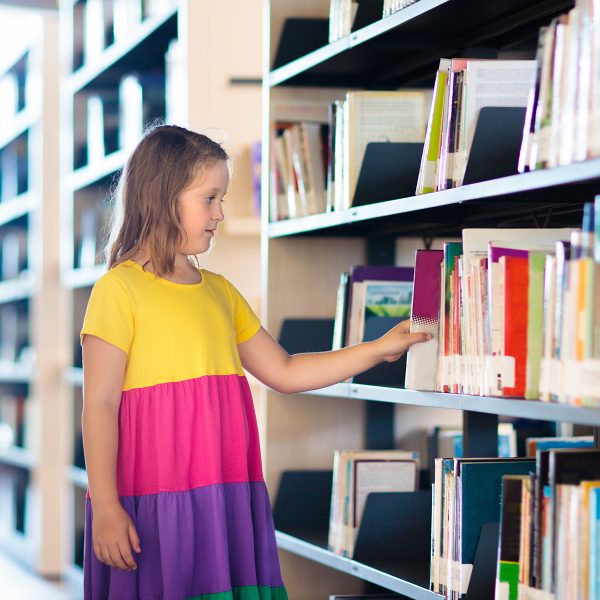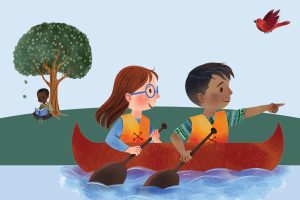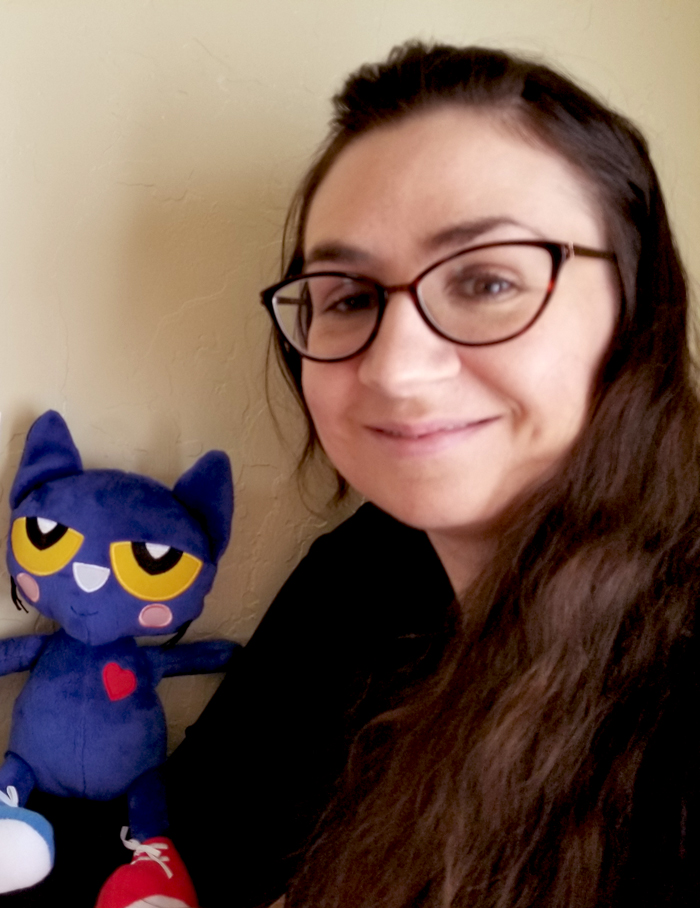5 Tried & True Ways to Keep Kids Reading All Summer
Posted on August 3, 2022 at 6:00 am

By Alison Johnson
One of the most important things to do this summer is to encourage the children in your life to read.
For some of us, this can be difficult task. If kids only read for school, they might think of reading as trudging through a “classic” book or reading comprehension assignments. And they may think the only difference between summer reading and school reading is the lack of an essay or quiz.
Other young readers may get bored by books at their “level” of reading. Some kids may be so busy with other summer activities that reading is not prioritized, and they have no down time available to read.
And maybe you don’t have shelves full of books in your home on topics that interest your young reader. There is a myriad of reasons kids fall out of reading during the summer.
While getting kids interested in reading can be difficult for some and every kid is different, I share some tried and true ways to help pique a child’s interest in reading.
Get a Variety of Books
One of the first things you can do is make sure books are available. The library can help with this!
The more variety of books available to kids increases exponentially the chances that they will find one that interests them.
Even with crazy schedules during the summer, I encourage you to schedule a “library day” or even a “library hour” into your routine. This scheduled time will expose kids to the many available options on our library shelves.
Let Kids Choose
Another way—perhaps the most important way—to get kids reading is to let kids choose what they read.

By letting kids choose books that are interesting to them, you are creating lifelong readers.
This is where combining your library visit with shelf exploration can be a must to get reluctant readers reading. You can check out a lot of books (50!) at any given time with your library card, so let your kids indulge and grab any book that seems interesting. Before heading to the check out station, you can weed out any books that fall outside of your parental parameters.
Another important idea is that, when reading for fun, we can skim through boring parts or stop reading a book altogether and read something else (this is where having a wide variety of books on hand can come in helpful). When kids learn this early, they understand that there are many books out there and that liking some books more than others is completely okay.
Reading for pleasure should be fun (they are not writing a school essay afterward!). Sparking excitement in a child for reading is what is important!
Mix It Up
Mix up the ways you are reading. Reading counts no matter what kids read or for how long.
Bring magazines in the car, to the beach, to the pool, or anywhere you think your kids might become bored. Encourage them to sneak in a few pages of reading here and there.
Expand the definition of reading by listening to audiobooks. You can also play an audiobook on your drive to other activities or while traveling. The library has audiobook CDs to play in the car and downloadable audiobooks for your devices.
Check out the audiobooks available from our resources in our Digital Library:
Audiobooks can be a gateway into reading for many kids. It can allow kids to listen to books that may otherwise be too advanced. It can also be great for fidgety kids who can do something else while listening, such as drawing or crafting.
Another popular and great way to get reluctant readers into a book is by reading graphic novels. For some readers, graphic novels can be more accessible and easier to approach than a chapter book because the ratio of pictures/comics to words is quite different than full page of text (or wall of words), which can be intimidating for some.
The format of graphic novels does not diminish the complexity of the story, and the visual clues can enhance meaning and engage the reader. Plus graphic novels often have exciting, action-packed stories.
Trying out a variety of ways to read can help you find your child’s reading groove and sneak more books into your child’s summer!
Read Together
Make reading together as a family a priority, for more than just the kids.
By finding even just 10 minutes to read together, parents can impact their child’s perception of reading in a positive way. When kids to see their parents reading for pleasure, you are modeling that reading is fun, and it can be a wonderful bonding experience as well.
There is nothing quite as convincing to a child as when they see you enjoying reading together with them!
Create a Challenge
Some kids love a challenge. If you have competitive kiddos or want to inspire them to create and work toward goals, consider creating your own family reading challenge.
Here are some ideas for challenges:
- Read the book together before watching the movie version for a family movie night
- Read a certain number of books, pages, or minutes in order to have a family outing to the pool, beach, or theme park
- Create a rewards list of favorite activities and treats, and once a reading goal is met, celebrate with a reward of their choice
Sometimes a reward is the push a child needs to motivate them to start a book. And the fun part is that the challenges and rewards can be tailored to the interests of the children in your life.

Another way to jump right in without doing a bunch of leg work is with our online summer reading challenge Read Beyond the Beaten Path, on Beanstack. It includes a variety of reading challenges and everyone in the family can read and log their minutes to earning badges and meet goals. The big goal for this challenge is for everyone—child or adult—to read 600 minutes this summer.
I hope the remainder of your summer is full of both wonderful stories and memories!
Alison Johnson is an Education and Enrichment Librarian who creates programming and events for ages 8–18. This means she gets to play with everything, including paint messes and mini robots. When she has free time, she enjoys watching anything science fiction, hiking trails, and reading with a cup of tea.
Tags: books, challenge, family, graphic novels, kids, parents, reading, reading together, reluctant reader, Summer reading, teens, together, tweens


